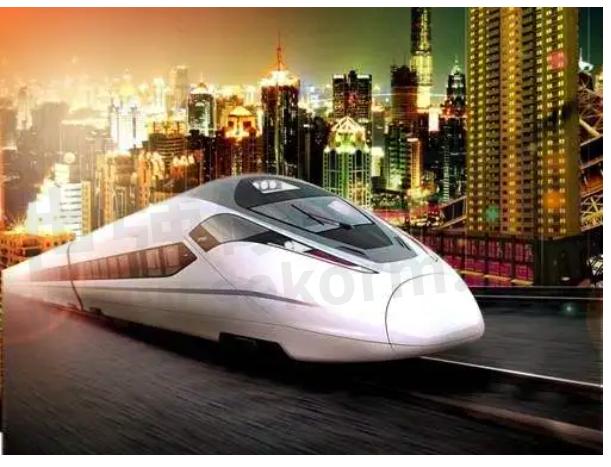Exploring the Function and Applications of Bidirectional Converters in Electrical Engineering

In the realm of electrical engineering, Bidirectional Converters play a critical role in powering systems that require energy to flow in both directions. These devices are commonly used in applications such as renewable energy systems, electric vehicles, and power grids to ensure that energy is efficiently converted and utilized. In this article, we will delve into the function and applications of bidirectional converters and explore their significance in the field of electrical engineering.
The Function of Bidirectional Converters
A bidirectional converter is an electronic device that can convert power from one form to another and allow energy to flow in both directions. It is essentially a device that can convert DC power into AC power and vice versa. The converter can also regulate the flow of energy to ensure that the power is distributed evenly and efficiently.
The basic operation of a bidirectional converter involves four switches, which are used to control the flow of current. The switches are arranged in a specific way to ensure that the current can flow in both directions. The converter operates by controlling the timing and duration of the switches to ensure that the current flows in the desired direction.
Applications of Bidirectional Converters
Bidirectional converters have numerous applications in electrical engineering. One of the most common applications is in renewable energy systems. With the increasing demand for cleaner and more efficient energy, many people are turning to renewable energy sources such as solar panels and wind turbines. However, these systems generate DC power, which needs to be converted into AC power for use in homes and businesses. Bidirectional converters play a crucial role in this process, converting the DC power generated by the renewable energy system into AC power that can be used by the electrical grid.
Another application of bidirectional converters is in electric vehicles. Electric vehicles require a power source to charge their batteries, and bidirectional converters can be used to convert the AC power from the electrical grid into DC power that can be stored in the vehicle’s battery. When the vehicle is in use, the bidirectional converter can convert the DC power from the battery into AC power that can be used to power the vehicle’s motor.

Fig.1
Bidirectional converters are also used in power grids to ensure that energy is distributed efficiently. They can be used to control the flow of energy between different parts of the grid, ensuring that energy is distributed evenly and preventing blackouts.
Conclusion
In conclusion, bidirectional converters play a critical role in powering systems that require energy to flow in both directions. They are used in applications such as renewable energy systems, electric vehicles, and power grids to ensure that energy is efficiently converted and utilized. The basic function of a bidirectional converter involves converting power from one form to another and regulating the flow of energy to ensure that it is distributed evenly. As demand for cleaner and more efficient energy continues to grow, bidirectional converters will become increasingly important in the field of electrical engineering.
- +1 Like
- Add to Favorites
Recommend
- Unlocking the Power of Bidirectional Converters
- Exploring The Functionality and Advantages of Bidirectional Converters
- Exploring the Functionality of Bidirectional Converters in English
- The Advantages, Challenges and Potential Improvements of Bidirectional DC-DC Converters
- Revolutionizing Energy Storage: The Bidirectional Converter Technology Explained
- Bidirectional DC DC Converter: Principles, Topologies, and Applications
- Exploring the Functionality and Benefits of a Bidirectional Converter
- The Features, Applications, and Advantages of Bidirectional DC-DC Converters
This document is provided by Sekorm Platform for VIP exclusive service. The copyright is owned by Sekorm. Without authorization, any medias, websites or individual are not allowed to reprint. When authorizing the reprint, the link of www.sekorm.com must be indicated.





























































































































































































































































































































































































































































































































































































































































































































































































































































































